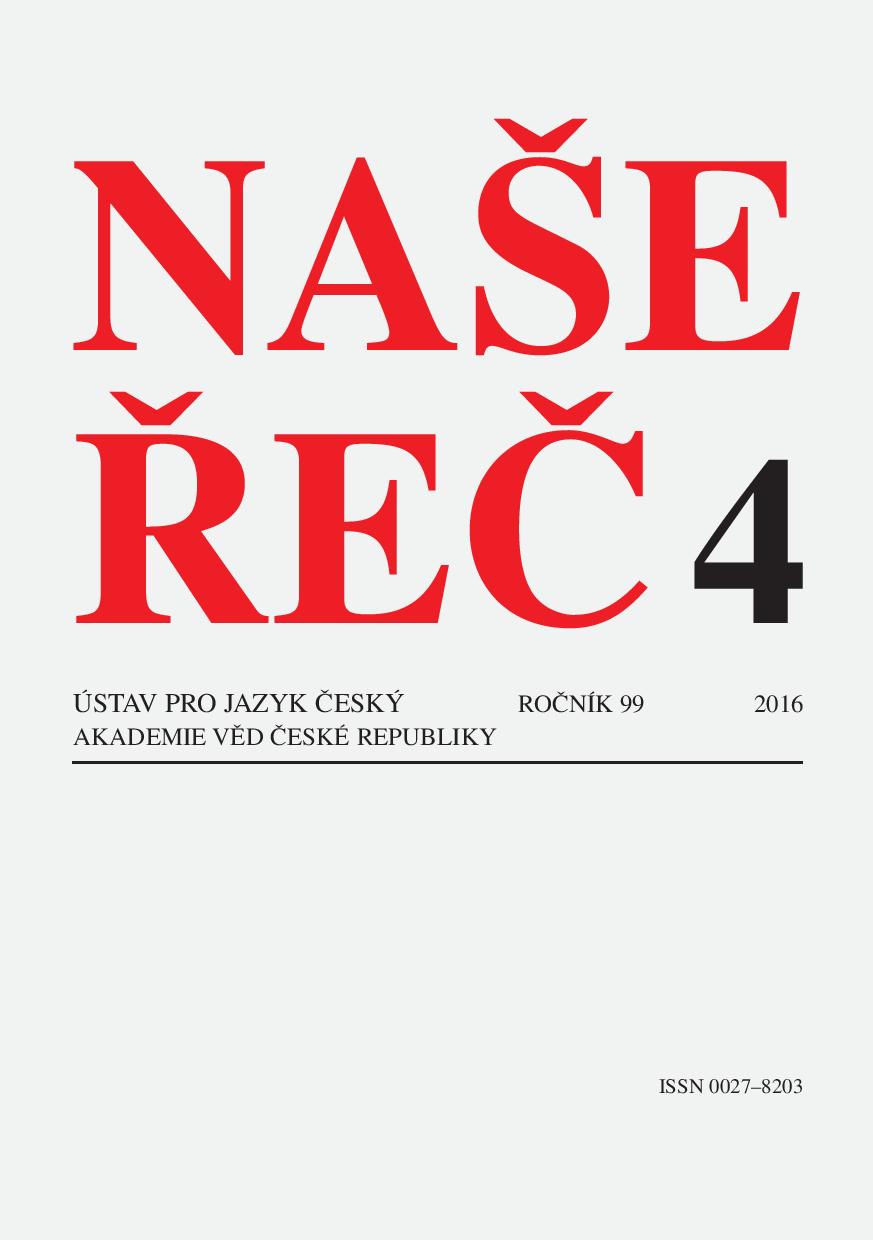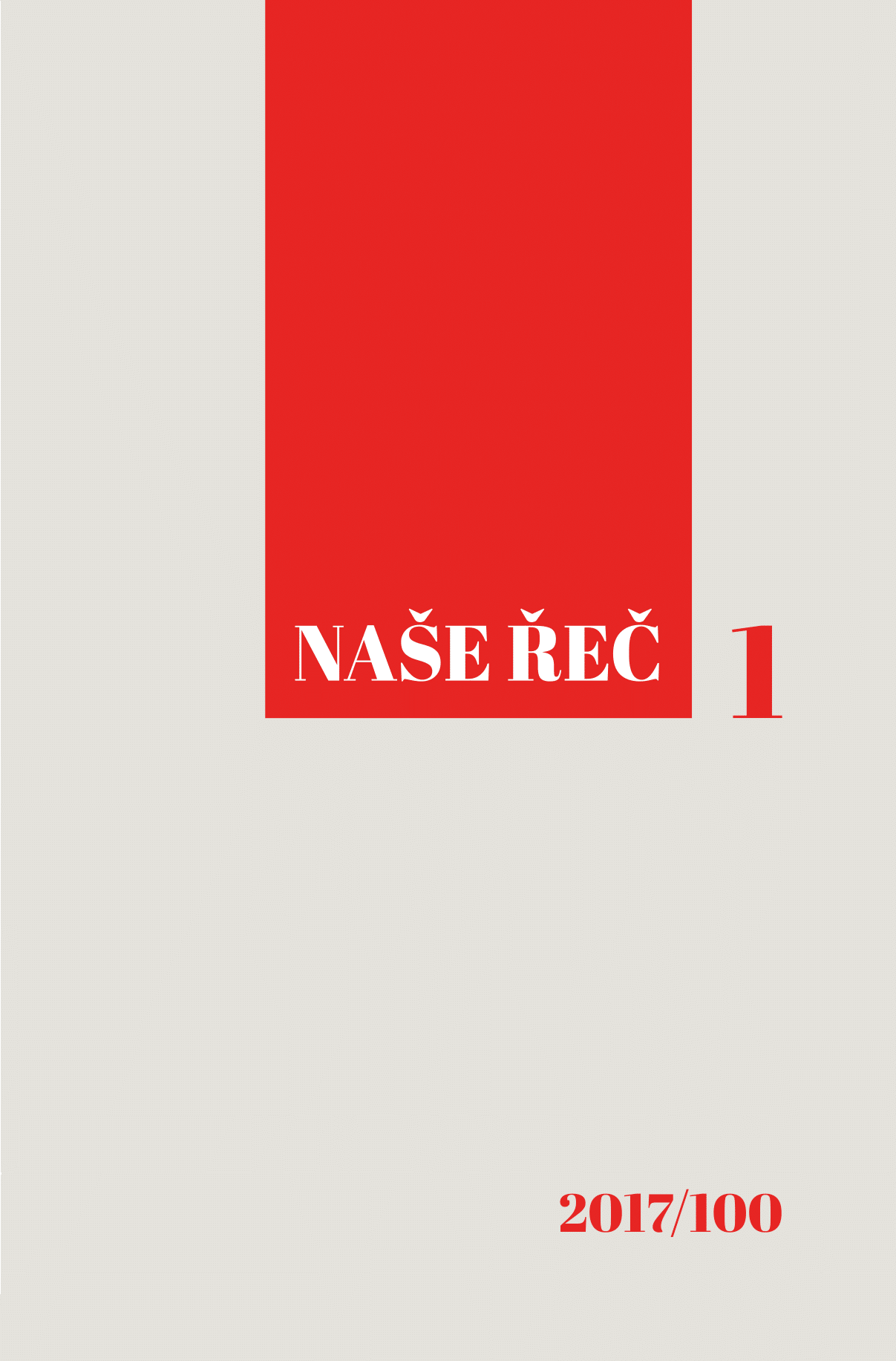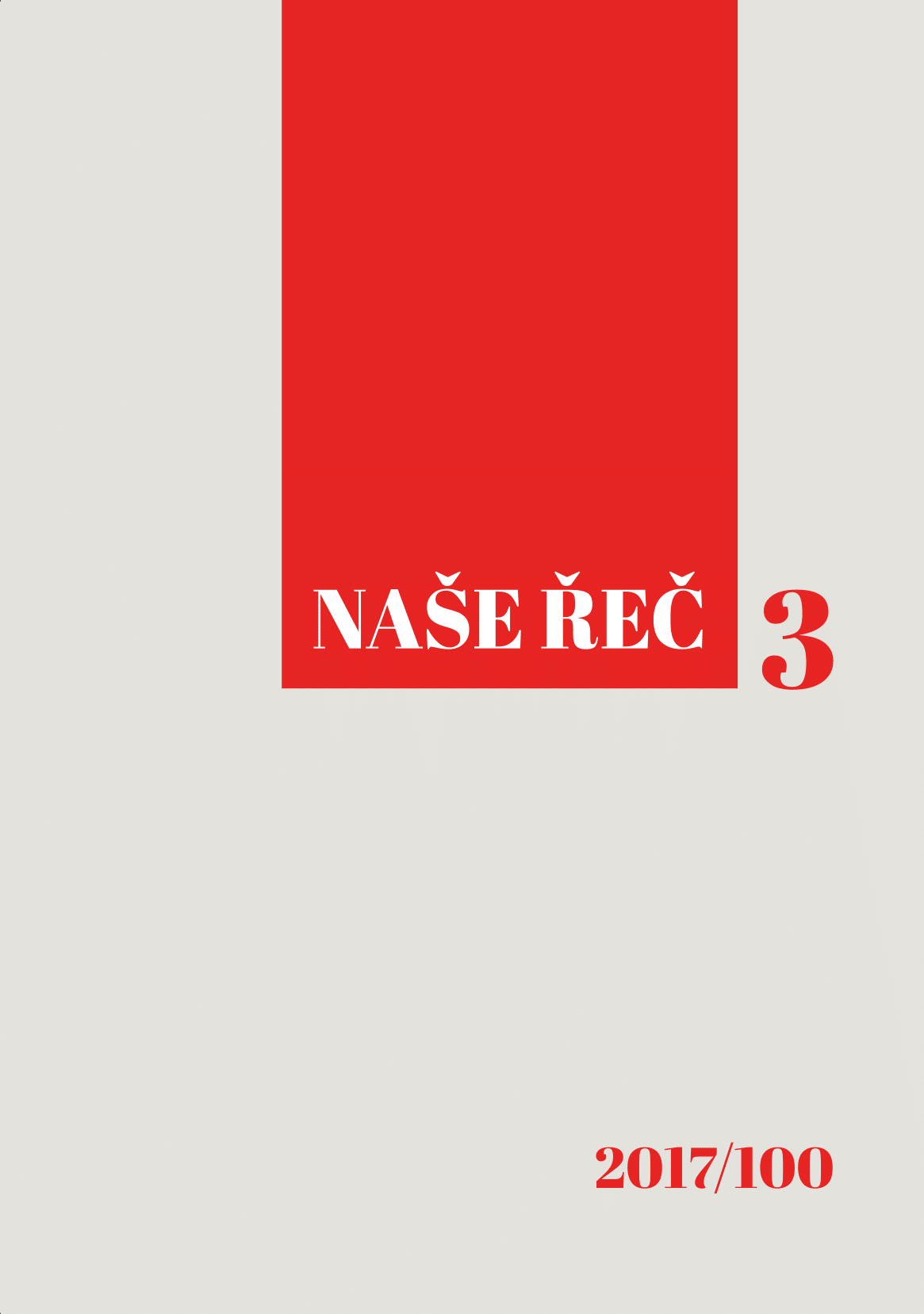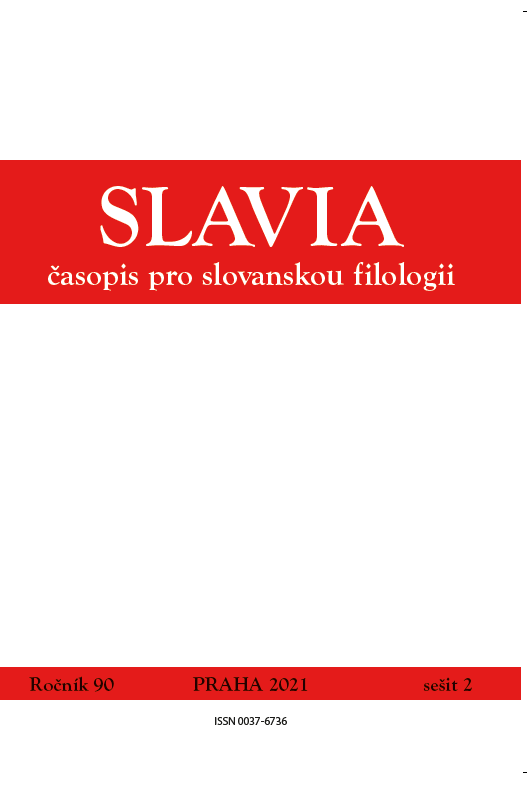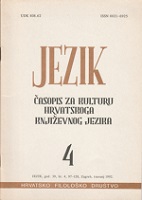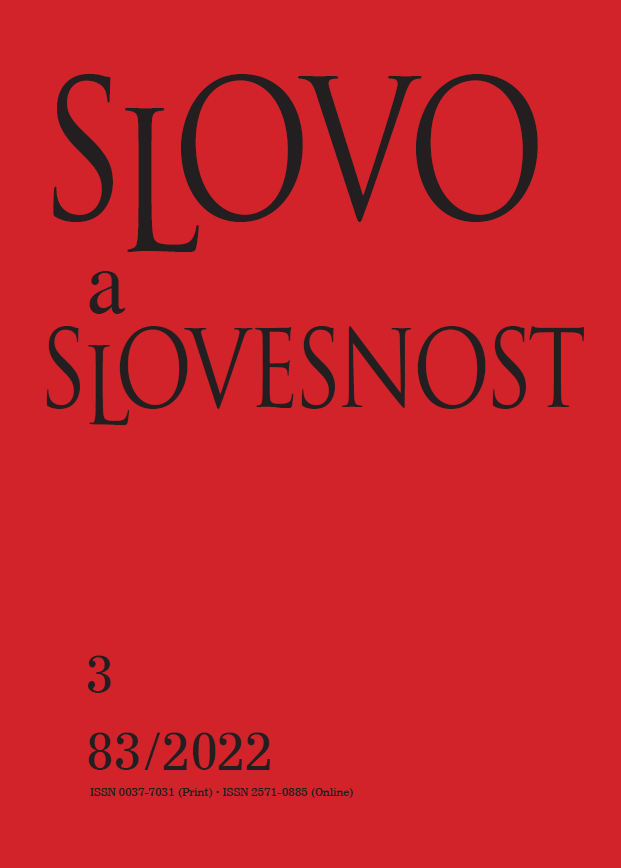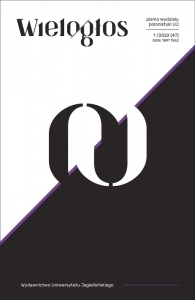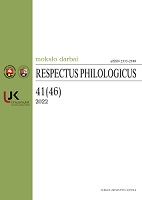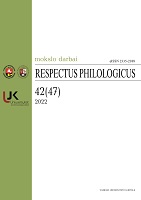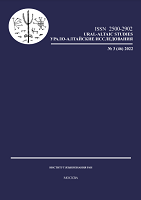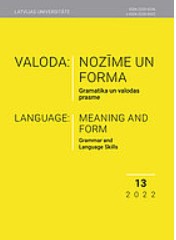Author(s): Solveiga Čeirane,Inese Indričane / Language(s): Latvian
Issue: 13/2022
The current paper considers the auditory or perception properties of Latvian fricatives. The aim of this paper is to test the significance of the acoustic information contained in the formant transitions and in the fricative segment itself. Laboratory speech recording with isolated CVC syllables was used to create stimuli for the perception experiments, where C is the fricative, and V is the short monophthong [ɑ], e. g., [fɑf], [vɑv], [sɑs], [zɑz], [ʃɑʃ], [ʒɑʒ], [ʝɑʝ], [xɑx]. CVC syllables were edited with the speech analysis computer software PRAAT, preserving the prevocalic and deleting the postvocalic fricative. The stimuli presented to the respondents sounded like fa, va, sa, za, and so on. The perception study consists of two perception experiments: 1) 16 stimuli were presented to the respondents, obtained by 40 ms long segment of each prevocalic fricative combined with formant transitions of the monophthong [ɑ]; 2) 16 stimuli were presented to the respondents, in which a 40 ms long segment of each prevocalic fricative was combined with the nucleus of the monophthong [ɑ]. The perception experiments took place at the Riga Stradiņš University with participation of the 1st year students, who formed two groups of respondents: 1) a group of native respondents – 26 participants whose mother tongue is Latvian; 2) a group of non-native respondents – 32 participants whose mother tongue is German, Norwegian, Swedish, or Finnish and who learned Latvian as a foreign language. In the group of non-native respondents, it was not possible to ensure an equal number of respondents for each language represented, therefore the influence of their mother tongue on the recognition of Latvian fricatives has not been assessed. The results show that in the group of native respondents most fricatives are recognised better than in the group of non-native respondents, however, a significantly higher rate of correctly classified stimuli in the group of native respondents was found only for some fricatives: dental [s], [z] (in both experiments) and alveolar [ʒ] (in the first experiment). In the group of native respondents, formant transitions usually are more important in the perception of voiced fricatives than in the perception of voiceless fricatives, because the formant transitions of voiced fricatives are longer, clearer, and therefore more representative than for voiceless fricatives. In the group of non-native respondents, who have a lower level of Latvian language proficiency, formant transitions provide significant additional information in the recognition of all fricatives.
More...



